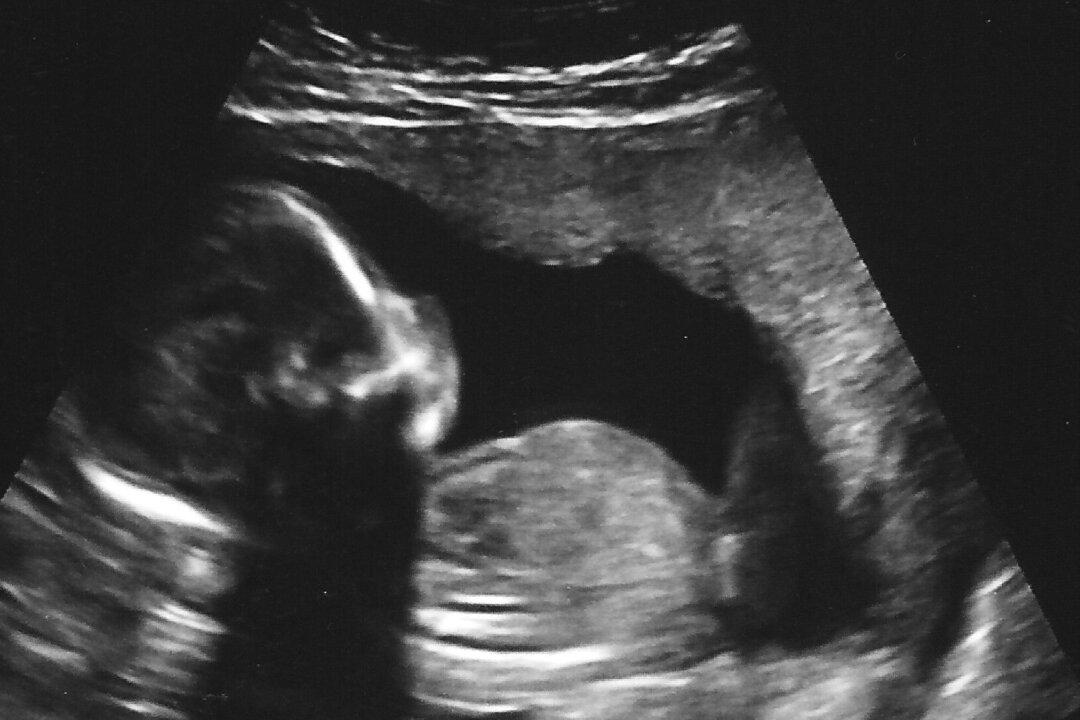A contract for a steady supply of mice implanted with tissue from aborted babies was extended by 90 more days in February by the Department of Health and Human Services (HHS).
It was the second time in a row that the HHS opted for only a 90-day extension instead of a full-year one for the contract as the department reviews all research involving fetal tissue for moral, ethical, and other concerns.





